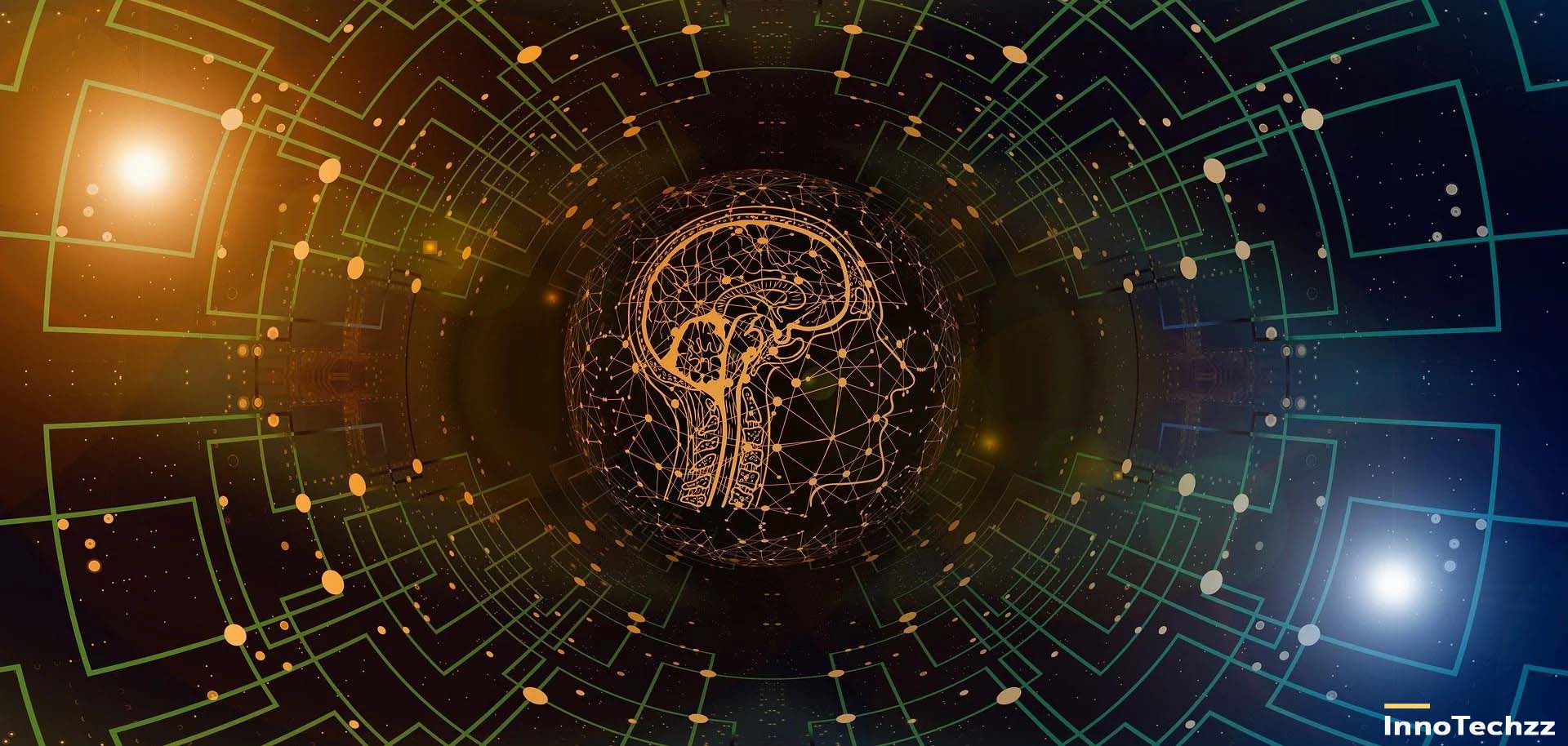Machine Learning and Artificial Intelligence simplified

Artificial Intelligence (AI) and Machine Learning (ML) have recently become popular topics in the computer industry. Artificial Intelligence (AI) is having a greater impact on the economic sector than it is on our daily lives. In 2014, around $300 million in venture capital was invested in AI firms, a 300 percent increase over the previous year.
AI can be found in a variety of places, from gaming consoles to the management of large amounts of data at work. Computer scientists and engineers are working hard to instil intelligent behaviour in machines, allowing them to think and respond in real time. AI has progressed from being merely a research issue to being in the early phases of enterprise implementation. Google and Facebook, for example, have made significant investments in Artificial Intelligence and Machine Learning, and are now incorporating it into their businesses. But this is only the beginning; in the coming years, AI may find its way into a variety of products.
WHAT IS ARTIFICIAL INTELLIGENCE?
"Artificial Intelligence is the science and engineering of constructing intelligent devices, especially intelligent computer programmes," according to Stanford researcher John McCarthy. Artificial Intelligence is akin to the job of utilising computers to study human intelligence, but AI does not have to be limited to biologically observable ways."
Simply expressed, AI's goal is to make computers/computer programmes clever enough to mimic the behaviour of the human mind.
The study of knowledge engineering is an important aspect of AI research. Machines and programmes require a wealth of information about the world in order to function and react like humans. To perform knowledge engineering, AI needs have access to attributes, categories, objects, and the relationships between them. AI imbues machines with common sense, problem-solving, and analytical thinking abilities, which is a challenging and time-consuming task.
AI services are divided into two categories: vertical and horizontal AI.
What is Vertical AI?
These services concentrate on a single task, such as organising meetings or automating repetitive tasks. Vertical AI Bots do only one thing for you, and they do it so well that we might mistake them for humans.
What is Horizontal AI?
These services are designed in such a way that they can handle a variety of jobs. There isn't a single task that needs to be completed. Horizontal AI is exemplified by Cortana, Siri, and Alexa. These services are more widely used in question and answer settings, such as "How hot is it in New York?" or "Call Alex." They are capable of doing a variety of jobs rather than focusing solely on one.
Artificial intelligence is created by studying how the human brain solves problems and then using those analytical problem-solving approaches to create complicated algorithms that perform similar jobs. AI is a computer-assisted decision-making system that learns, adapts, suggests, and takes acts on its own. They require algorithms that can learn from their past experiences at their heart. This is where AI (Artificial Intelligence) enters the picture.
WHAT IS MACHINE LEARNING?
Artificial Intelligence and Machine Learning are two popular and often misunderstood words in today's world. Artificial Intelligence (AI) is a subset of Machine Learning (ML). ML is the study of creating and implementing algorithms that can learn from previous experiences. If a pattern of behaviour has been seen in the past, you can anticipate whether or not it will occur again. That is, if no previous cases exist, no forecast can be made.
ML can be used to address difficult problems like detecting credit card fraud, enabling self-driving automobiles, and detecting and recognising faces. ML makes use of complicated algorithms that run over enormous data sets indefinitely, evaluating patterns in the data and allowing machines to respond to situations for which they were not expressly prepared. To deliver consistent outcomes, the machines learn from the past. To forecast rational outcomes, ML algorithms employ Computer Science and Statistics.
There are three key aspects of Machine Learning
Supervised Learning
In supervised learning, the system is given training datasets. The data is analysed using supervised learning algorithms, which produce an inferred function. The right solution obtained in this way can be used to map new cases. One use of the Supervised Learning method is the identification of credit card fraud.
Unsupervised Learning
Because the data to be fed is unclustered rather than in datasets, unsupervised learning methods are substantially more difficult. The goal here is for the machine to learn on its own, without any human intervention. There is no guarantee that any problem will be solved correctly. The programme detects the patterns in the data on its own. Recommendation engines, which can be seen on all e-commerce sites and also on Facebook's friend request suggestion system, are examples of supervised learning.
Reinforcement Learning
This class of Machine Learning algorithms enables software agents and machines to automatically select the best behaviour for a given situation in order to maximise performance. Characterizing a learning problem, rather than learning methods, is how reinforcement learning is defined. We regard any method that is well adapted to solving the problem to be a reinforcement learning method. Reinforcement learning is based on the assumption that a software agent, such as a robot, computer programme, or bot, interacts with a dynamic environment in order to achieve a specific goal. This method chooses the action that will provide the desired result efficiently and quickly.
Artificial Intelligence and Machine Learning continue to fascinate and astound us with their advancements. AI and machine learning have made inroads into areas such as customer service, e-commerce, finance, and more. By 2020, 85% of client contacts will be handled without the involvement of a human.
Posted By InnoTechzz